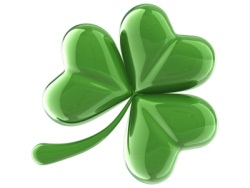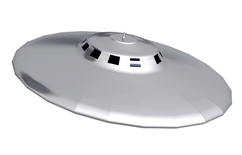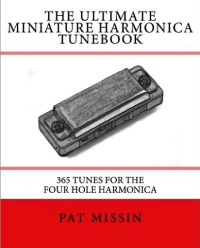Using Your Head (Or Your Hands)
 Put your hands on your head, Simple Simon says
Put your hands on your head, Simple Simon says
It was the end of another busy week in the village. There’d been so much rain, the duck pond had swamped the High Street and a family of widgeon was floating past the Surgery’s kitchen window. Our Monica had finished mopping up the puddle by the kitchen door and it looked like there would be no way home for a while, short of borrowing the Good Doctor’s waders.
‘Time for a nice hot cup of Yorkshire Tea!’ the Good Doctor said cheerily, placing a couple of logs in the AGA and setting the kettle on the hob. ‘Now here’s something I’ve been meaning to ask you for a while,’ he continued, ‘head or hands?’. Our Monica looked worried. ‘Do you mean heads or tails?‘ she replied cautiously. ‘No, no, when one plays a trill on one’s gob iron, should one move one’s head or one’s hands?’, the Doctor asked in earnest. ‘Doctor, I’m sure I don’t know what you mean,’ giggled Monica. ‘Hmmm, I’ve been weighing it all up..’, the Doctor replied, ‘here’s what I think..’ (more…)






 Happy St.Andrew’s Day
Happy St.Andrew’s Day